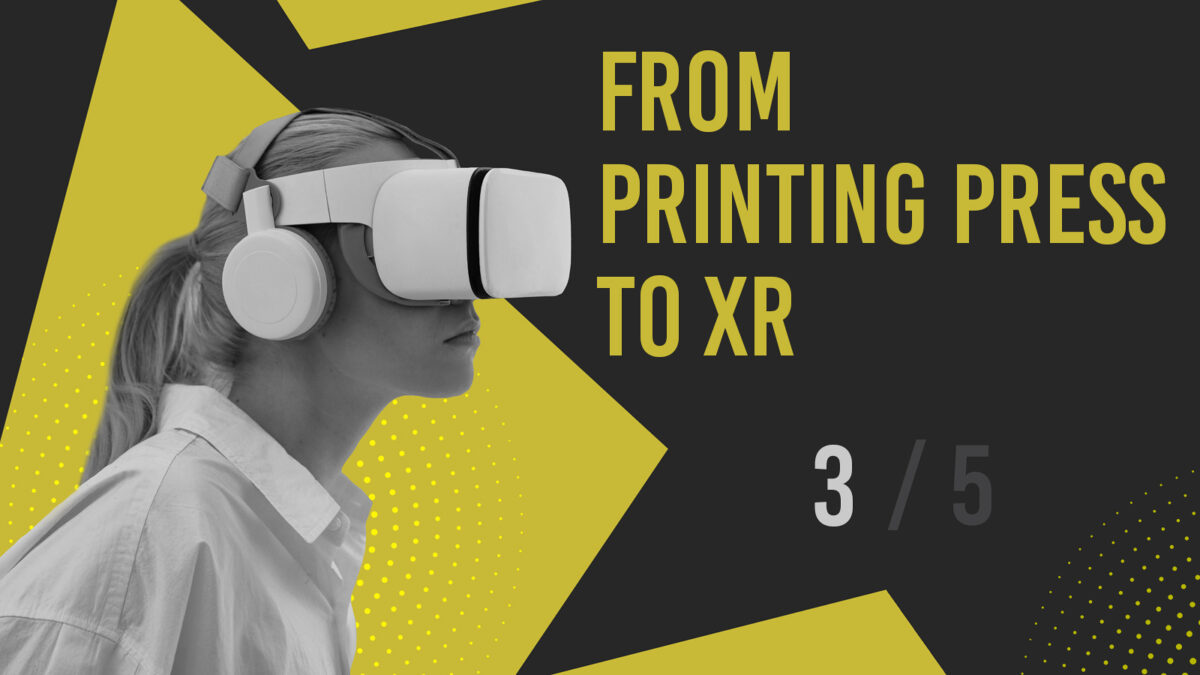From Printing Press to XR — How Technology Has Always Shaped Storytelling
Books have always been part of a larger story. Each significant shift in storytelling has coincided with advances in technology.
The printing press revolutionized the world of literature, with books being made available to everyone. Radio introduced fiction unfolding in homes through episodic presentation. Television took stories a step further, casting them into the real world in living color. Convenience was offered through portability and immediate access with e-books.
We are now at the doorstep of the next revolution: Extended Reality (XR), which will revolutionize immersion in storytelling.
With XR, we are not observers; we are participants. Imagine a student reading a science text who can actually take a tour of a virtual cell during biology class or walk around a 3D model of an active volcano. The reader of a war memoir can walk through the ruins of destroyed cities, listen to eyewitness accounts, or view archival footage that brings the past to life.
This level of engagement makes all the difference. Abstract ideas become concrete realities. Learning ceases to be a passive exercise but an active exploration. Readers shift from passive comprehension to active engagement.
The potential here extends far beyond the classroom.
Companies can use XR in their books to create new product worlds, say, by offering special content, character goods, or engaging behind-the-scenes adventures. Journalism will also gain a lot. Just imagine being able to go to locations mentioned in an expose, hear the opinions of the parties concerned, and interact with corresponding timelines or documents.
XR is not something in the future; it is something existing and taking place in the present.


